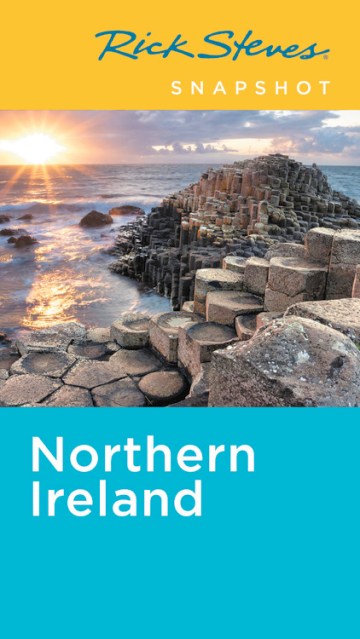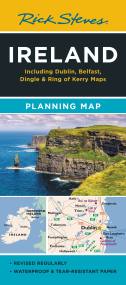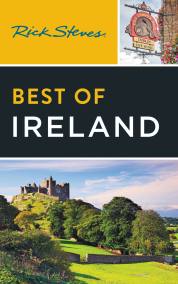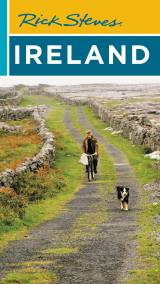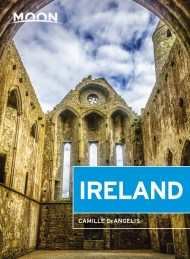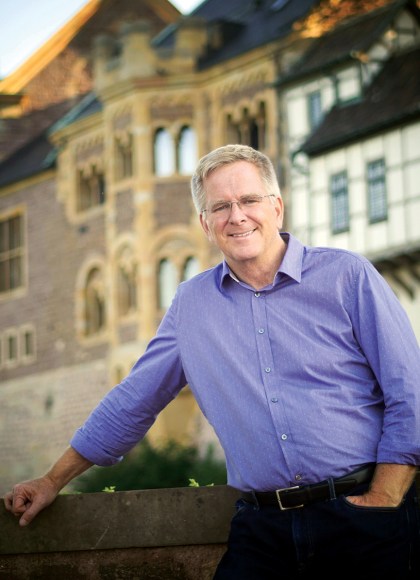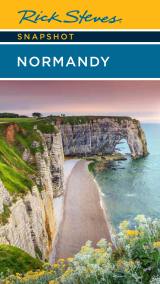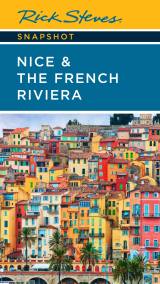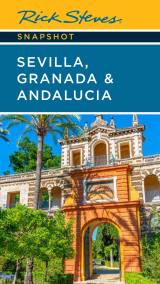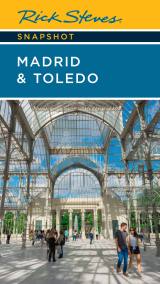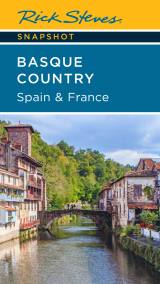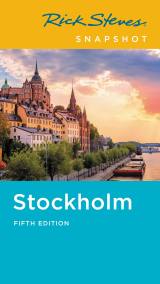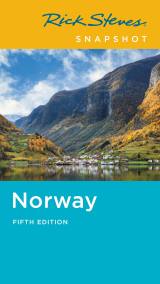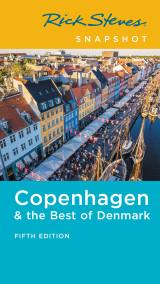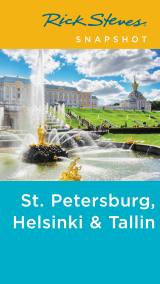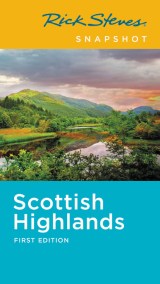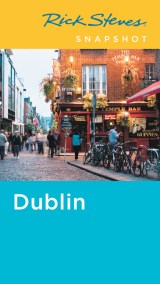Promotion
Use code MOM24 for 20% off site wide + free shipping over $45
Rick Steves Snapshot Northern Ireland
Contributors
By Rick Steves
By Pat O’Connor
Formats and Prices
Price
$9.99Price
$12.99 CADFormat
Format:
ebook $9.99 $12.99 CADThis item is a preorder. Your payment method will be charged immediately, and the product is expected to ship on or around January 16, 2018. This date is subject to change due to shipping delays beyond our control.
Also available from:
You can count on Rick Steves to tell you what you really need to know when traveling in Northern Ireland.
In this compact guide, Rick Steves and Pat O’Connor offer their best travel tips on Northern Ireland, including Belfast, Portrush, the Antrim Coast, Derry, and County Donegal. Visit the Ulster Museum in Belfast, tour the Dunluce Castle or Giant’s Causeway along the Antrim Coast, or peruse Derry’s political murals. You’ll get firsthand advice on the best sights, eating, sleeping, and nightlife, and the maps and self-guided tours will ensure you make the most of your experience. More than just reviews and directions, a Rick Steves Snapshot guide is a tour guide in your pocket.
Rick Steves Snapshot guides consist of excerpted chapters from Rick Steves European country guidebooks. Snapshot guides are a great choice for travelers visiting a specific city or region, rather than multiple European destinations. These slim guides offer all of Rick’s up-to-date advice on what sights are worth your time and money. They include good-value hotel and restaurant recommendations, with no introductory information (such as overall trip planning, when to go, and travel practicalities).
Genre:
- On Sale
- Jan 16, 2018
- Page Count
- 108 pages
- Publisher
- Rick Steves
- ISBN-13
- 9781631217043
Newsletter Signup
By clicking ‘Sign Up,’ I acknowledge that I have read and agree to Hachette Book Group’s Privacy Policy and Terms of Use
